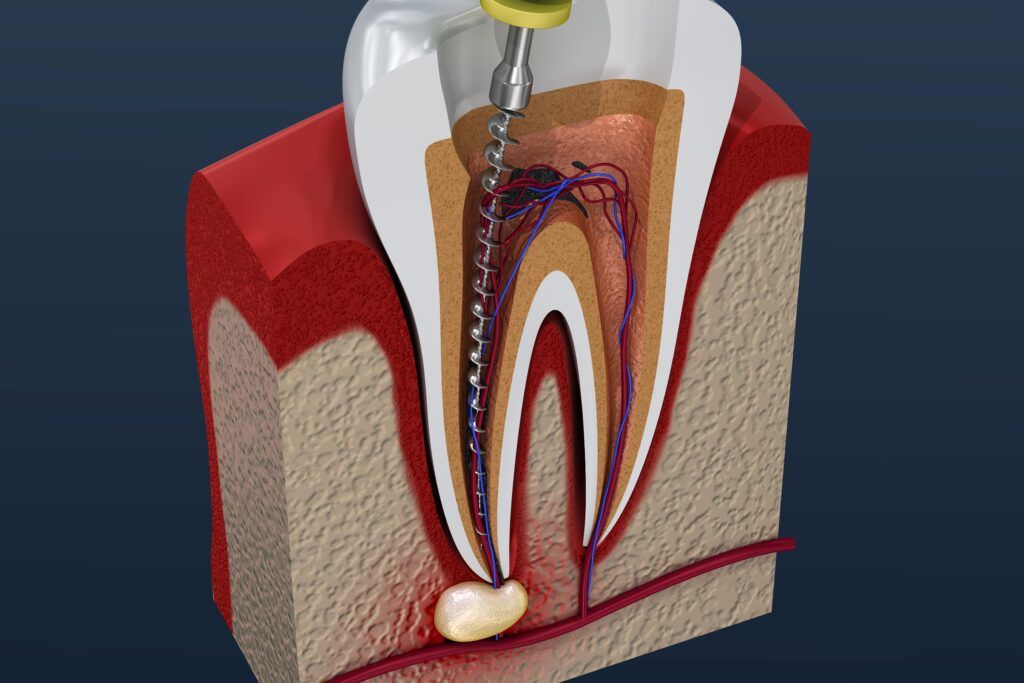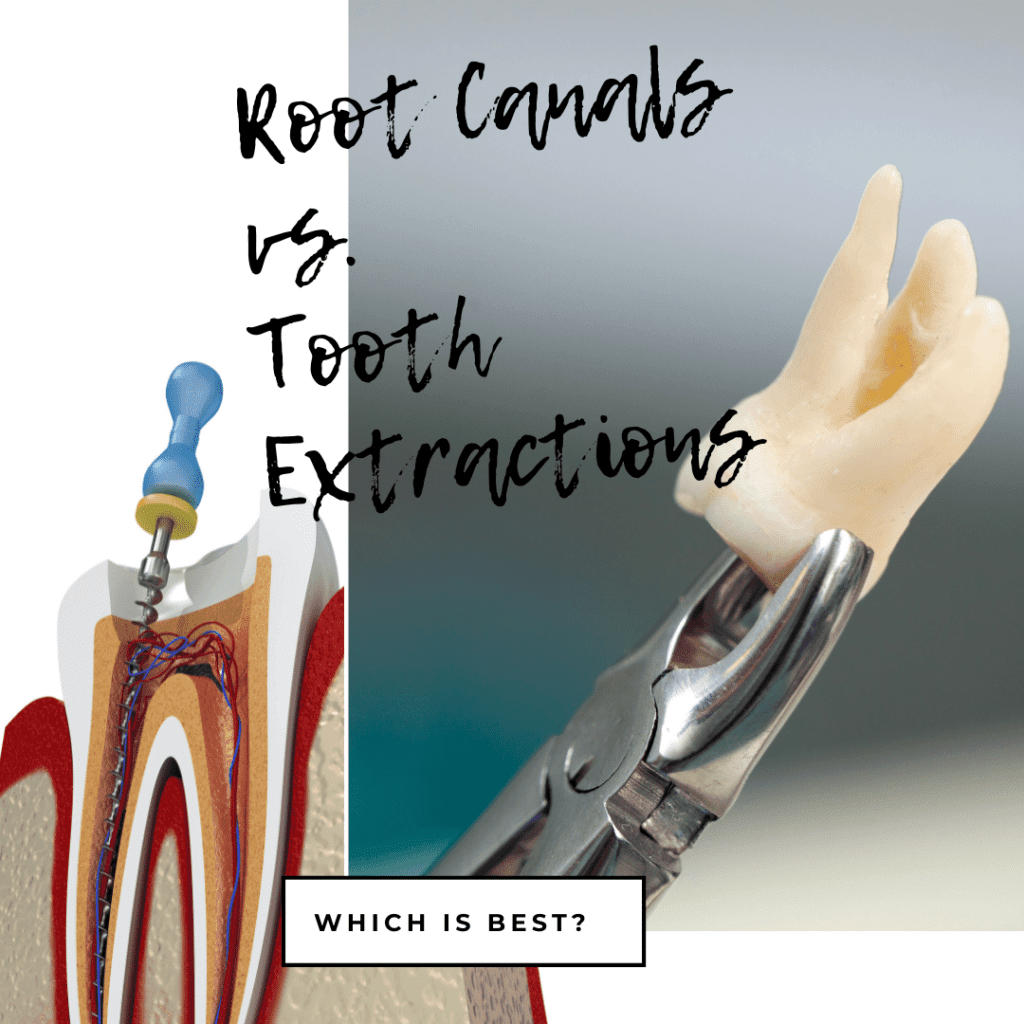When it comes to severe tooth decay, there are two main treatment options: root canal treatment or tooth extractions. Both treatments have their pros and cons, and it can be difficult to decide which option is best for you. In this blog post, we will compare root canal treatment and tooth extractions in detail. We will define both treatments, explain the steps involved, and discuss the pros and cons of each option. Finally, we will decide which treatment option is best and explain why.
Root Canal Treatment
Root canal treatment is a common procedure that is used to treat severe tooth decay. Root canal treatment is performed in cases where tooth decay has reached the innermost layer, known as the dental pulp. Since this layer is composed of blood vessels and the tooth nerve, infected pulp tissue tends to cause moderate to severe tooth pain. Unfortunately, once the pulp tissue has been infected, the only way to treat the infection is to completely remove all the infected tissue.

Root canal treatment is performed to remove the infected tissue from the tooth. The first step of root canal treatment is to make a small hole in the tooth. Special tools are then placed into this hole and used to remove the infected tissue. Next, the empty pulp chamber and root canals are cleaned and sealed. Finally, a crown or filling is placed over the tooth to protect it from further damage.
The main pro of root canal treatment is that it can save the tooth. In many cases, root canal treatment is able to preserve the natural structure of the tooth and prevent the need for a tooth extraction. The main con of root canal treatment is that it can be expensive and time-consuming. There is also the risk that a root canal may fail and the tooth may become infected again.
Tooth Extractions

Tooth extractions are a procedure that is used to remove damaged or infected teeth. The first step of a tooth extraction is to numb the area around the tooth. Next, the dentist will use special tools to loosen the tooth and remove it from the socket. Finally, the socket will be cleaned. In some cases, a dental implant may also be placed immediately after a tooth extraction.
The main pro of a tooth extraction is that it is usually less expensive than root canal treatment. The main con of a tooth extraction is that it can cause long-term problems if the affected tooth is not immediately replaced. In some cases, tooth extractions can lead to jawbone loss or changes in bite.
Which is Best?
So, which treatment option is best? It depends on the individual situation. If you have severe tooth decay, root canal treatment may be the best option for you. However, if you have a severely damaged tooth or recurring pulp infection, a tooth extraction may be the best option. Ultimately, the decision should be made by you and your dentist since there are multiple factors that go into making this decision.
We hope this blog post was helpful in deciding whether root canal treatment or tooth extractions is best for you. If you have any questions, please feel free to reach out to us. Thanks for reading!

Dr. Sadati possesses extensive experience in all aspects of advanced restorative dentistry, with an emphasis in cosmetic and implant dentistry. He has attained Accredited Fellow status in the American Academy of Cosmetic Dentistry (AACD), the most rigorous, demanding credentialing process in the world. He is the only AACD Accredited Fellow in South Florida.


